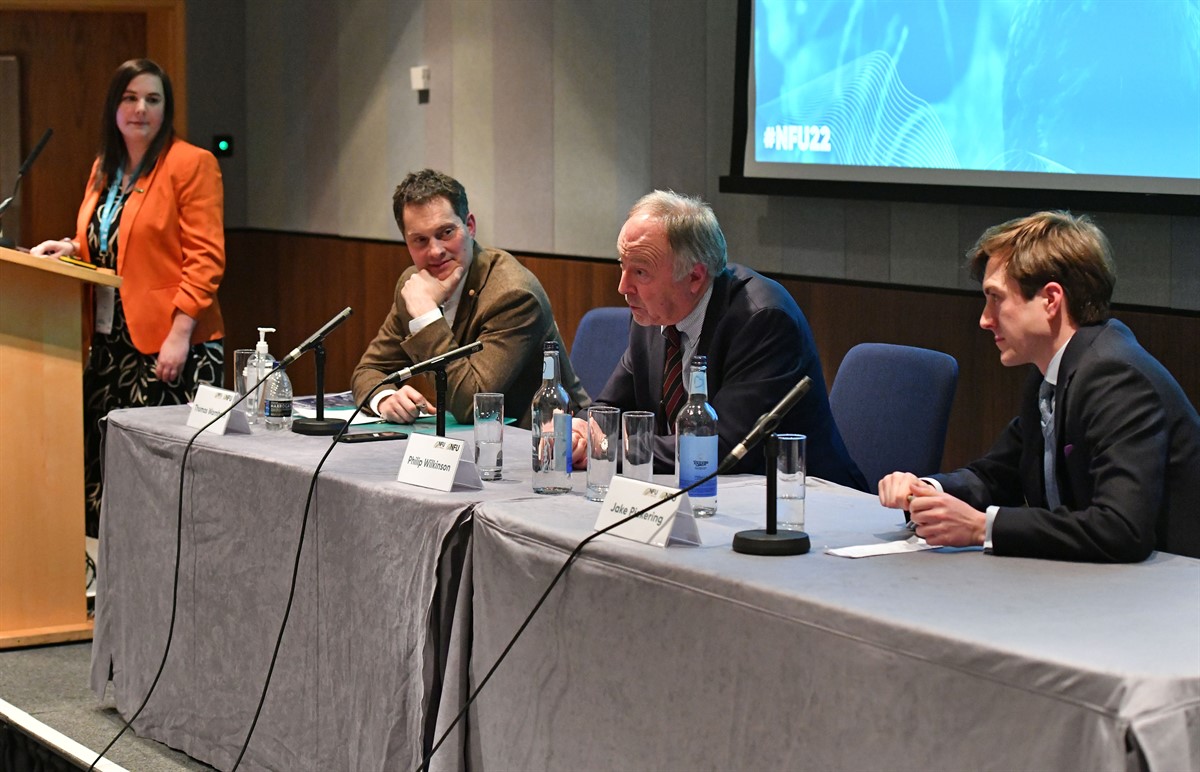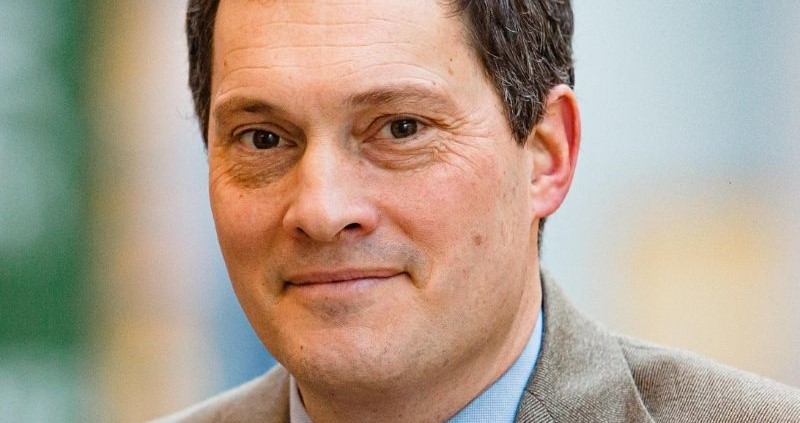Before looking to the future, the recent past and present were acknowledged. Poultry board chair Thomas Wornham opened by reviewing what the NFU had been working on for members over the past 12 months. This included how the team had fed into Defra's Animal Welfare in Transport consultation, provided evidence for Farming Rules for Water changes and achieved success by securing temporary visas for seasonal poultry workers.
Mr Wornham said: “The two main challenges for the sector have been avian influenza and the shortage of labour. Firstly the NFU has helped hundreds of members over the winter period, whether it being sharing the latest information, which is updated on our avian influenza updates page at NFUonline, almost on a 24 hours a day basis, or helping them to submit licence applications for crucial bird movements. Secondly, the NFU has highlighted the impacts of labour shortages on the poultry sector via numerous engagements with government officials over a prolonged period and will continue to do so.”

Consumer trends
Philip Wilkinson OBE, executive director at 2Sisters Food Group, used his vast experience of the sector to provide an insight into UK markets, EU trade and global trends. Poultry is the most consumed meat in the UK, accounting for 49% of sales, well ahead of beef at 23%. When choosing poultry meat, shoppers' main drivers are traceability, quality and animal welfare.
Philip said: “It's not about cheap food, it's about value for money. Farmers have grown more with less people. But who has benefited? It’s the consumer. In 1976, 25% of the average earnings by an average person was spent on food. In 2020 this was reduced to 10%. Food is getting better and better value for money, but it must also have a positive return in the investment it takes to grow it.”
But what does the future hold? "Global demand for meat protein will double in the next 30 years," Mr Wilkinson said. “And chicken is the meat protein which will feed the world.”
Reduced production costs and consumer trends cannot be interpreted without a picture of the wider economy, operating costs and the cost of living. Philip said: "Heat or eat is a terrible choice for the consumer, but people need to eat so food is usually the last thing to go.”
Jake Pickering, senior agriculture manager for the John Lewis Partnership, shared his insights on shopping habits and consumer trends since Covid which led onto some lively debate from members in the Q&A panel session.
Members leaving this session now have valuable insight to help them plan what investments are needed in their future production systems in order to meet changing consumer tastes and demands.



